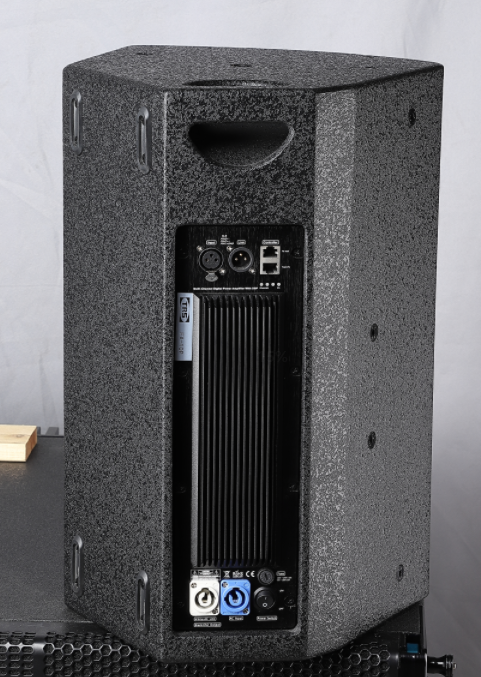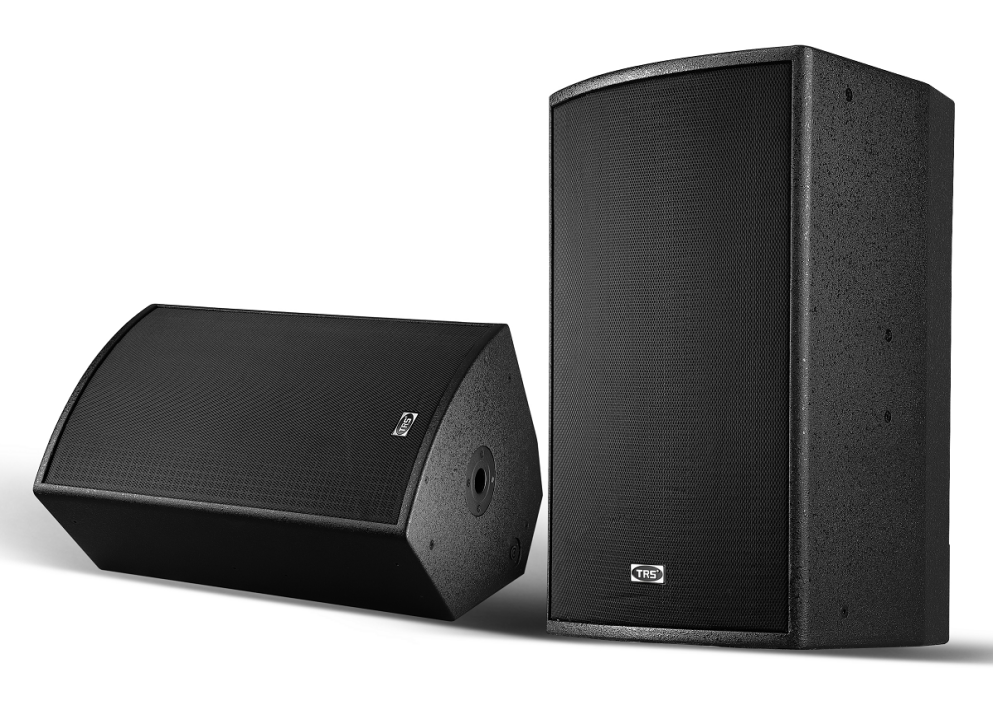An active speaker is a type of speaker that integrates an amplifier and a speaker unit. Compared to passive speakers, active speakers contain independent amplifiers inside, which allows them to directly receive audio signals and amplify output sound without the need for additional external amplifier equipment.
The following are some main features and advantages of active speakers:
1.Integrated amplifier: The active speaker is equipped with an amplifier inside, which enables the speaker to amplify signals and simplifies the connection and configuration of the audio system.
2.Easy to install and use: Due to the integration of amplifiers, active speakers are usually simpler and more user-friendly, just connect the audio source to use.
3.Relatively small size: Due to the integration of amplifiers, active speakers are usually smaller in size and more suitable for use in limited space.
4. Avoid amplifier and speaker matching issues: As the amplifier and speaker units are pre matched and optimized by the manufacturer, active speakers can usually achieve better sound quality performance.
5. Flexibility: By combining the power amplifier of an active speaker with the speaker unit, manufacturers can better control and optimize the performance of the speaker, providing more flexible sound adjustment and adjustment options.
6. Wide applicability: Active speakers can be used for many different applications, such as home sound, studio monitoring, stage performances, and event sound.
7. Equipped with power supply: Due to the built-in amplifier of active speakers, they usually have their own power supply without the need for additional power amplifiers.
10”/12”15” Professional Speaker with amplifier
8. amplifier types: Understand different types of amplifiers, such as Class A, Class AB, Class D, etc., as well as their applications and impacts in active speakers. Gain a deep understanding of the advantages and disadvantages of various amplifier types and their impact on sound quality.
9. Speaker Unit Design: Learn the design and engineering principles of speaker units in active speakers, including driver units, sound dividers, and the impact of different types of speakers on sound performance.
10. Power amplifier technology: Understand the development of modern power amplifier technology, including the differences, advantages and disadvantages between digital power amplifiers and analog power amplifiers, as well as how they affect the performance and sound quality of speakers.
11. Audio signal processing: Learn audio signal processing techniques in active speakers, such as equalizers, limiters, compressors, and delayers, and how they optimize the sound quality and performance of the speaker.
12. Acoustic tuning: Understand how to perform acoustic tuning and optimization of active speakers, including placement of speakers in different environments, sound positioning, and adjustment of sound quality.
13. Application areas of active speakers: Gain a deep understanding of the application techniques and best practices of active speakers in different scenarios, such as home theaters, professional recording studios, and performance sound systems.
14. Audio testing and measurement: Learn how to perform audio testing and measurement on active speakers, such as frequency response testing, distortion testing, sound pressure level testing, etc., to evaluate the performance and performance of the speaker.
15. Emerging technologies and trends: Pay attention to emerging technologies and trends in the audio industry, such as smart speakers, acoustic simulation software, sound processing algorithms, etc., and understand their impact and application in the field of active speakers.
It should be noted that although active speakers have advantages in some aspects, in certain professional application scenarios, such as large sound systems or high-end professional recording studios, people may prefer to use separate passive speakers and independent amplifiers to achieve higher audio performance and greater flexibility.
Post time: Jan-19-2024


